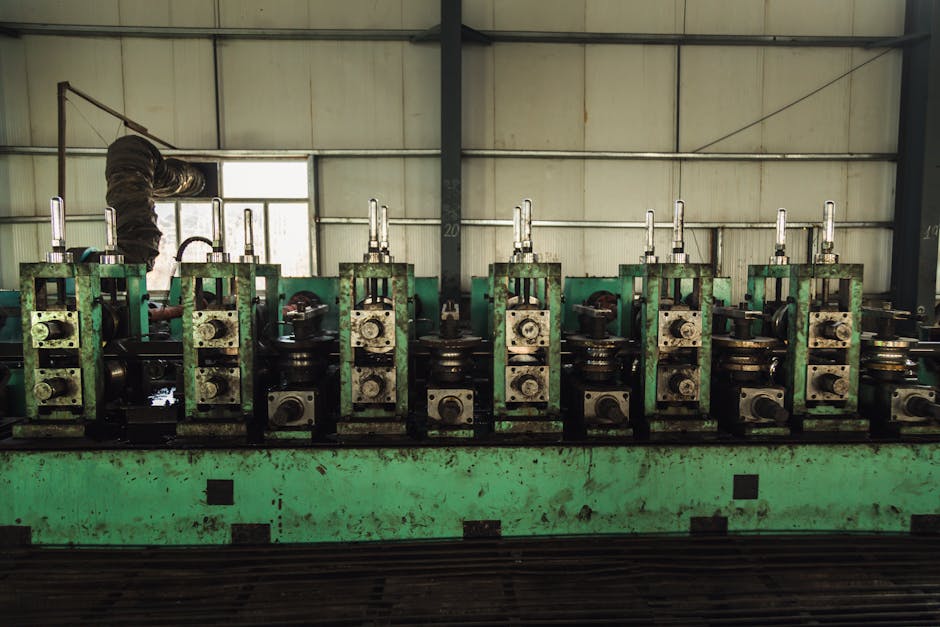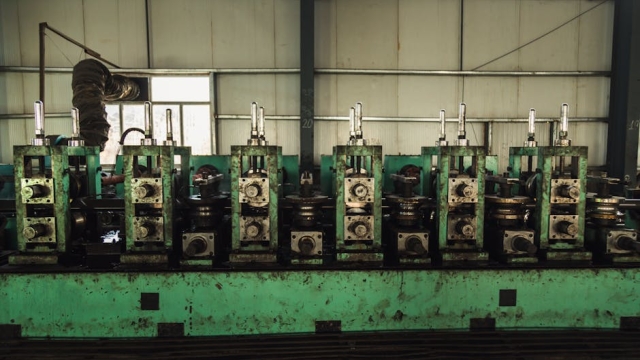Overview of Filling Line Automation in the Beverage Industry

In the beverage industry, particularly for carbonated drinks, efficiency and precision are paramount. filling line automation has emerged as a crucial solution for manufacturers looking to enhance production capabilities and maintain high-quality standards. As the demand for beverages continues to grow, automating the filling process not only boosts output but also reduces labor costs and minimizes human error. This article explores the importance of filling line automation, highlights its benefits, and discusses the technologies and equipment that make it possible.
Overview of Filling Line Automation in the Beverage Industry
Filling line automation refers to the integration of advanced technologies and machinery designed to streamline the process of filling beverage containers with liquid products. In the carbonated beverage sector, where speed and accuracy are essential, automation helps manufacturers keep pace with consumer demands while ensuring product consistency. Automated filling lines can handle various container sizes and shapes, making them adaptable to diverse product offerings.
The ability to automate the filling process significantly impacts the overall operational efficiency of a beverage production facility. By reducing the reliance on manual labor for repetitive tasks, manufacturers can allocate human resources to more strategic roles, such as quality control and maintenance. Moreover, automation minimizes the risk of contamination and ensures that each container is filled to the correct volume, enhancing product quality and customer satisfaction.
Benefits of Automating Filling Lines for Carbonated Beverages
The benefits of filling line automation are numerous and impactful. One of the primary advantages is increased production capacity. Automated systems can operate continuously, allowing for higher output compared to manual processes. This capability is particularly beneficial during peak demand periods, enabling manufacturers to meet market needs without compromising quality.
Another significant benefit is the improvement in consistency and accuracy. Automated filling machines are designed to deliver precise measurements, ensuring that each container is filled uniformly. This consistency helps maintain brand integrity and reduces the likelihood of customer complaints related to underfilled or overfilled products.
Additionally, filling line automation enhances operational safety. By minimizing human intervention, the risk of workplace accidents is reduced. Automated systems are equipped with safety features that protect both the equipment and the personnel operating it. Furthermore, these systems often require less maintenance than manual processes, leading to lower operational costs over time.
Key Technologies and Equipment for Filling Line Automation
To effectively implement filling line automation, a variety of technologies and equipment are available. One of the most essential components is the filling machine itself. These machines come in various configurations, such as gravity fillers, pressure fillers, and volumetric fillers, each designed to suit specific types of carbonated beverages. Choosing the right filling machine is critical to achieving optimal performance.
Another important aspect of filling line automation is the integration of conveyor systems. These systems transport containers through various stages of production, including filling, capping, and labeling. Automated conveyor systems can be customized to accommodate different container sizes and shapes, ensuring a seamless workflow throughout the filling process.
Moreover, advanced control systems play a vital role in managing the entire filling line. These systems monitor and adjust parameters such as filling speed, pressure, and temperature, ensuring that the filling process remains efficient and consistent. Incorporating sensors and data analysis tools can further enhance operational efficiency by providing real-time insights into production performance.
Successful implementation examples of filling line automation can be seen in various beverage manufacturers. These companies have reported significant increases in production output and reductions in waste, demonstrating the effectiveness of automating filling lines. By investing in the right technologies and equipment, manufacturers can realize the full potential of their production capabilities.
In conclusion, filling line automation is a transformative solution for the carbonated beverage industry. It not only streamlines production processes but also ensures product quality and safety. As manufacturers continue to seek ways to improve efficiency and reduce costs, the adoption of automated filling systems will remain a vital strategy. For those looking to enhance their operations, exploring options like automated filling machines can lead to substantial improvements in performance and profitability. To learn more about filling line automation and the equipment available, consider visiting this resource.


